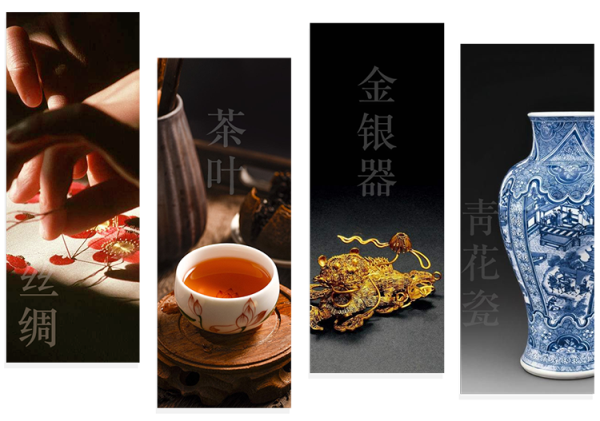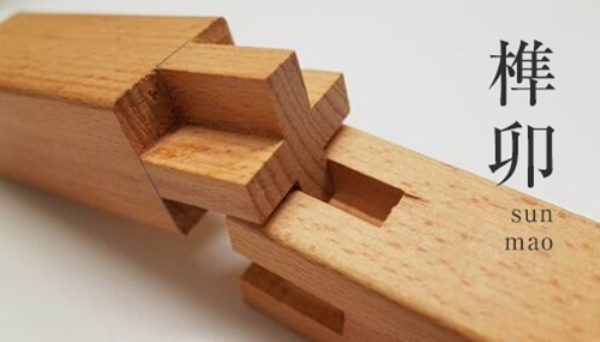Craftsmanship is known in Germany as "labor spirit", in the United States as "professionalism," and in Japan as "artisan spirit."

However, since ancient times, the craftsman spirit has never been imported. We do not need to worship foreign craftsmen.
During the five-thousand-year-long process of the Chinese civilization, the seeds of "artisan spirit" have long been planted. Ancient China was once the largest original country in the world, the country of craftsmen, and the exporter of craftsmanship. The silk, tea, gold and silver utensils, and blue and white porcelain produced by China are the darlings of the royal family and wealthy classes of the world. The low-key and humility of the outstanding Chinese craftsmen has left a lot of handed down skills for the world.

The Chinese ancient mortise and tenon structure technology is the ultimate expression of "artisan spirit". It can be said that the mortise and tenon structure is the embodiment of top craftsmanship.
The traditional mortise and tenon structure is a concavo-convex connection that is used on two wooden components. The bulging part is called SUN, the concave part is called MAO, The SUN and MAO occlusions play a connecting role, as Tai Chi, a yin and yang complement each other, vividly demonstrates the essence of Chinese philosophy: harmony between man and nature. Forbidden City, Temple of Heaven, etc. These are the classic buildings of themortise and tenon structure.

The combination of SUN and MAO, is an ingenious combination of more and fewer wood pieces, high and low, and long and short wood pieces, which can effectively limit the twisting of wooden pieces in all directions. This component connection method makes the traditional Chinese wooden structure a special flexible structure that exceeds the contemporary architectural girders, frames, or rigid frames. It not only can withstand large loads, but also allows certain deformations, which are solid and practical.
The soul of the mortise and tenon structure is that it can be used for hundreds or even thousands of years without the use of a nail or glue.
With the development of the times, the furniture of the mortise and tenon structure gradually replace to all kinds of nails.

Is the rapid development of society really at the expense of tradition?
Baineng, a high-end custom-made stainless steel cabinet, was founded 12 years ago and is dedicated to the spiritual inheritance and innovation of Chinese craftsmen. We inherited the traditional structure of wooden smashing slats, and we ingeniously developed our own stainless steel stencil-stainless steel stencils.
Our stainless steel cabinets are made of 304 food-grade stainless steel cupboards to ensure the integrity of the cabinets. Stainless steel and stainless steel plates are connected to each other with fine workmanship. Each proportion and size is just right, and each part is mutually restricted. This combination can effectively limit the twisting between the stainless steel plates in all directions.

The stainless steelmortise and tenon structure connected cabinet body is stable, durable, high strength, and the more force, the stronger the connection, without screws, can ensure that the cabinet is flat and beautiful, no filth.

In The Book of Rites, The Doctrine of the Mean, it was stated, "As soon as one can, one has one hundred, and ten can, and one has one thousand. If this can be said, even though the wise will be clear, though soft, it will be strong." The meaning is extraordinary. One hundred times more hard work, can do better. The "Baineng" brand takes this as its meaning and contains the power of persistence and transcendence. We have been constantly surpassing ourselves in creating a healthy kitchen in China. The spirit of Baineng Craftsmanship is the spirit of excellence, the spirit of creativity in pursuit of excellence, and the spirit of service that is customer-oriented. The goal of the spirit of Baineng Craftsman is to create the highest quality products in the industry and to be praised by consumers.
